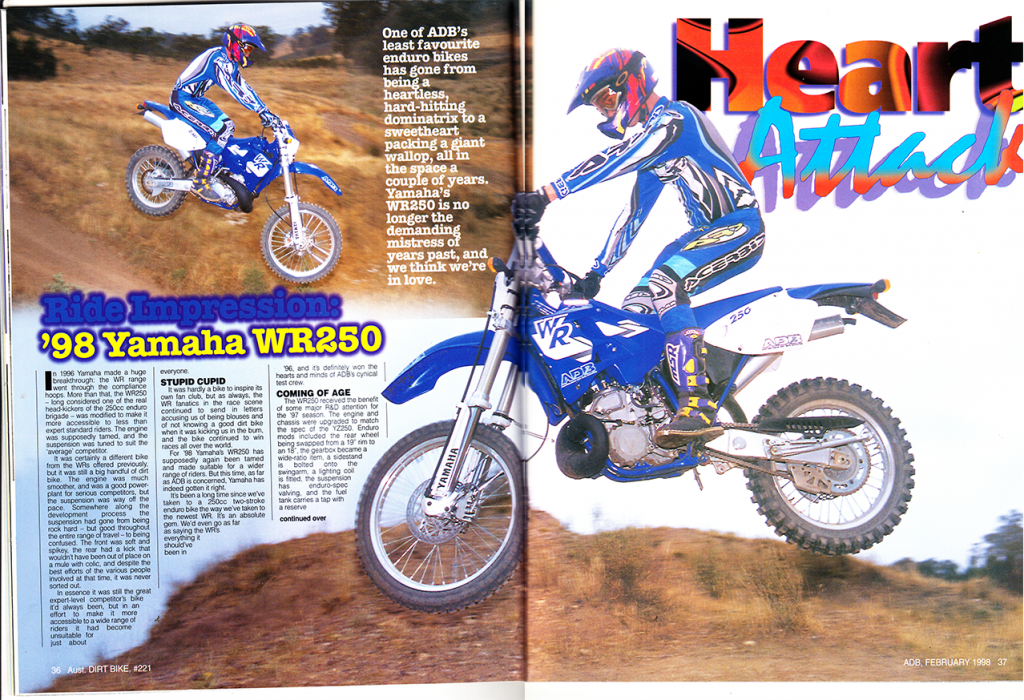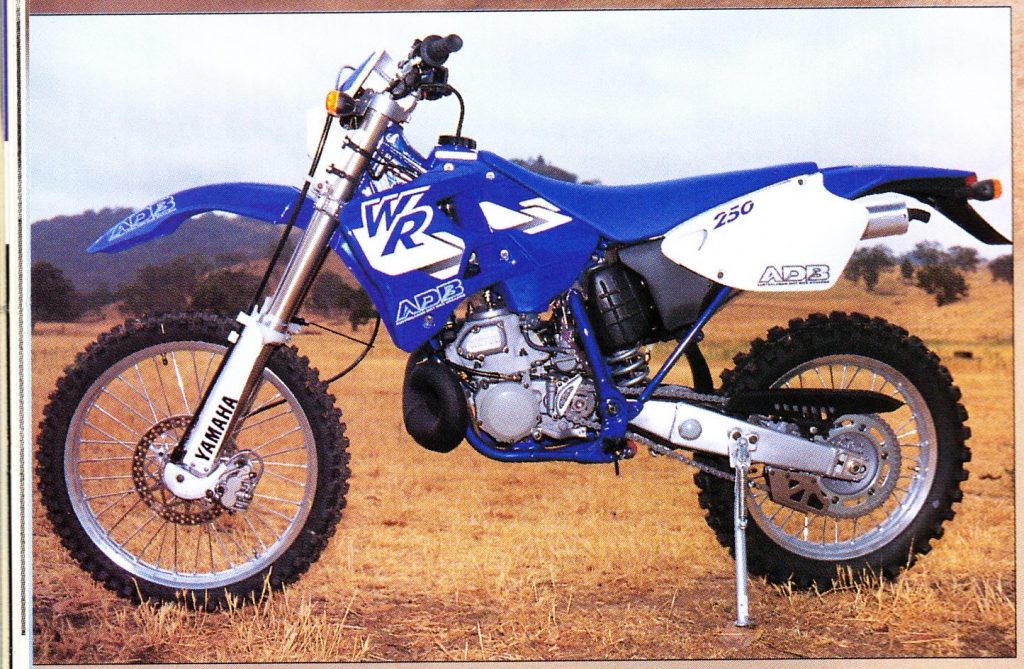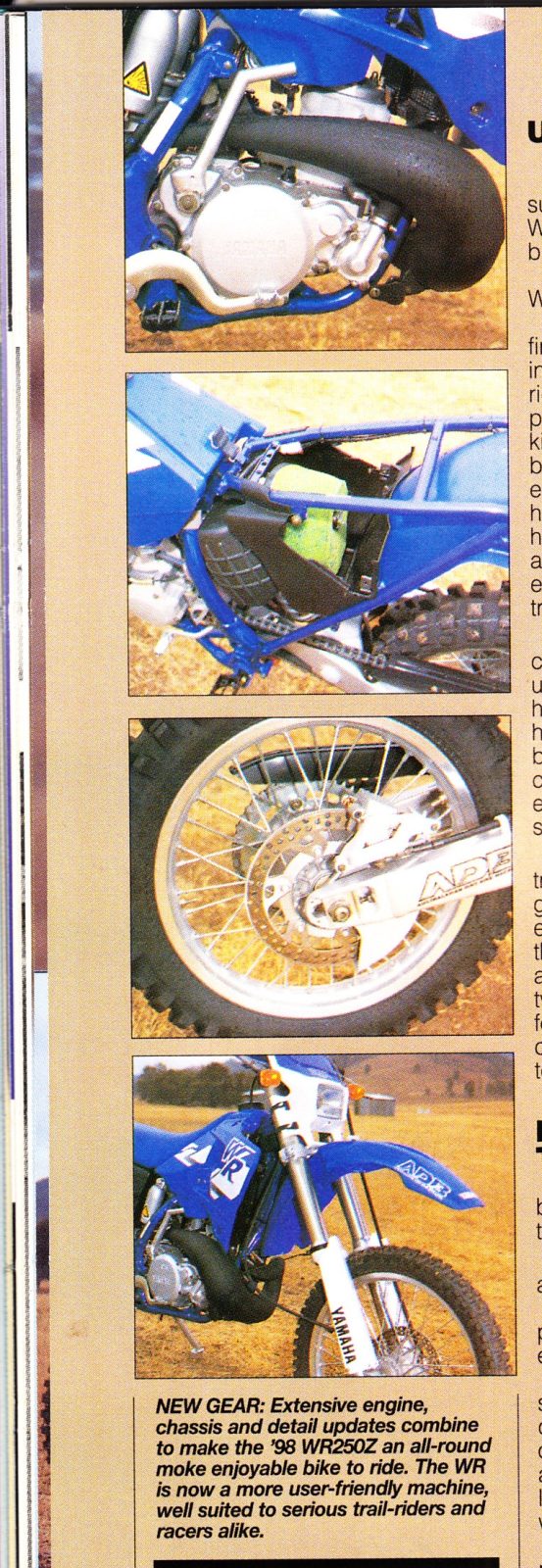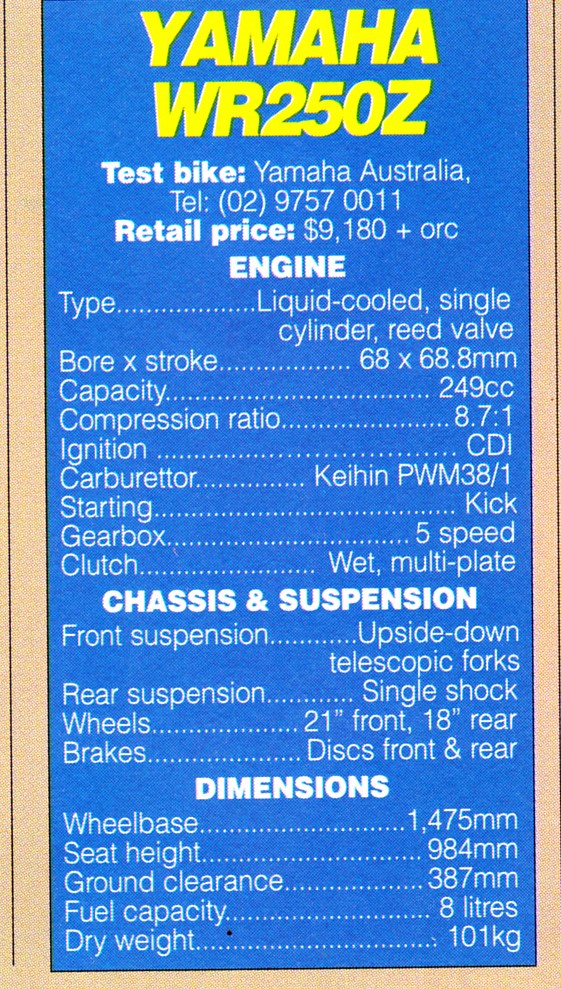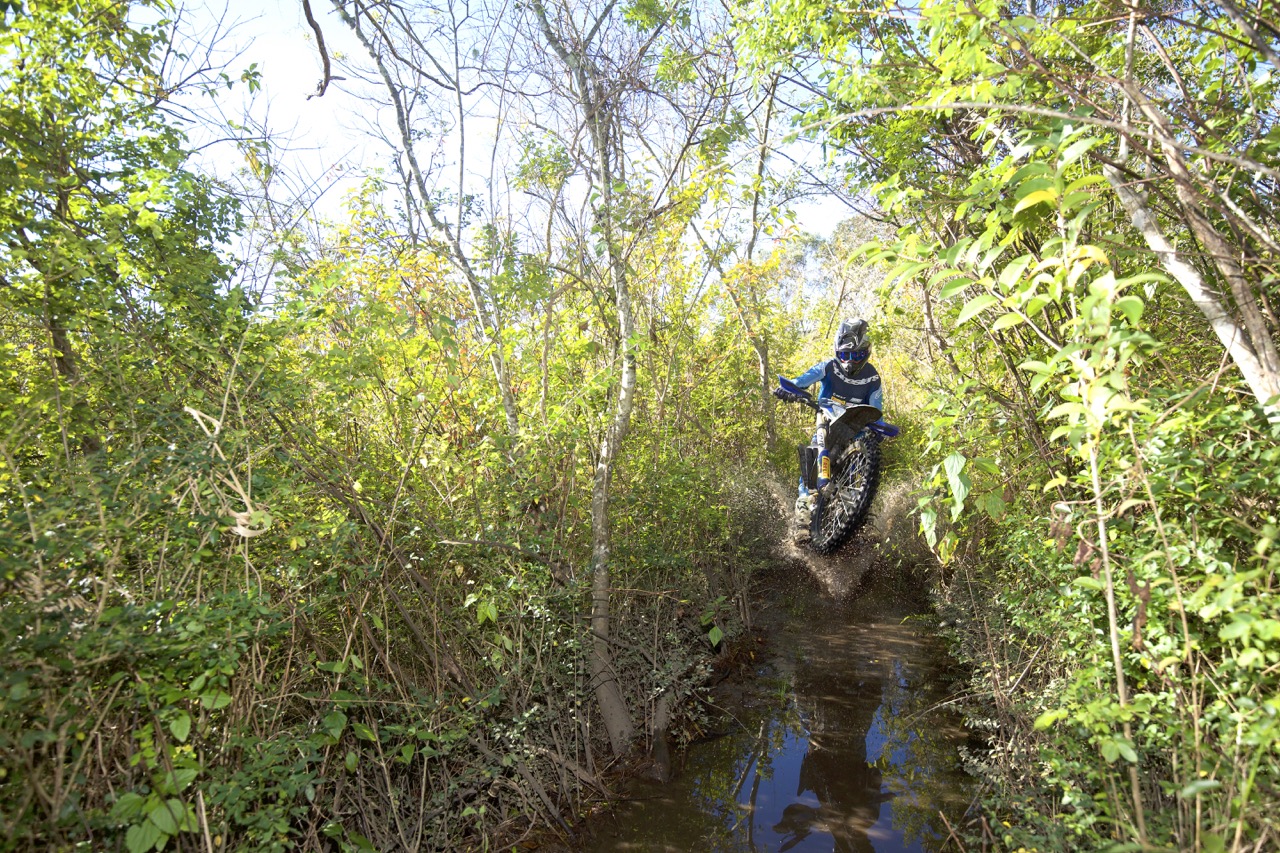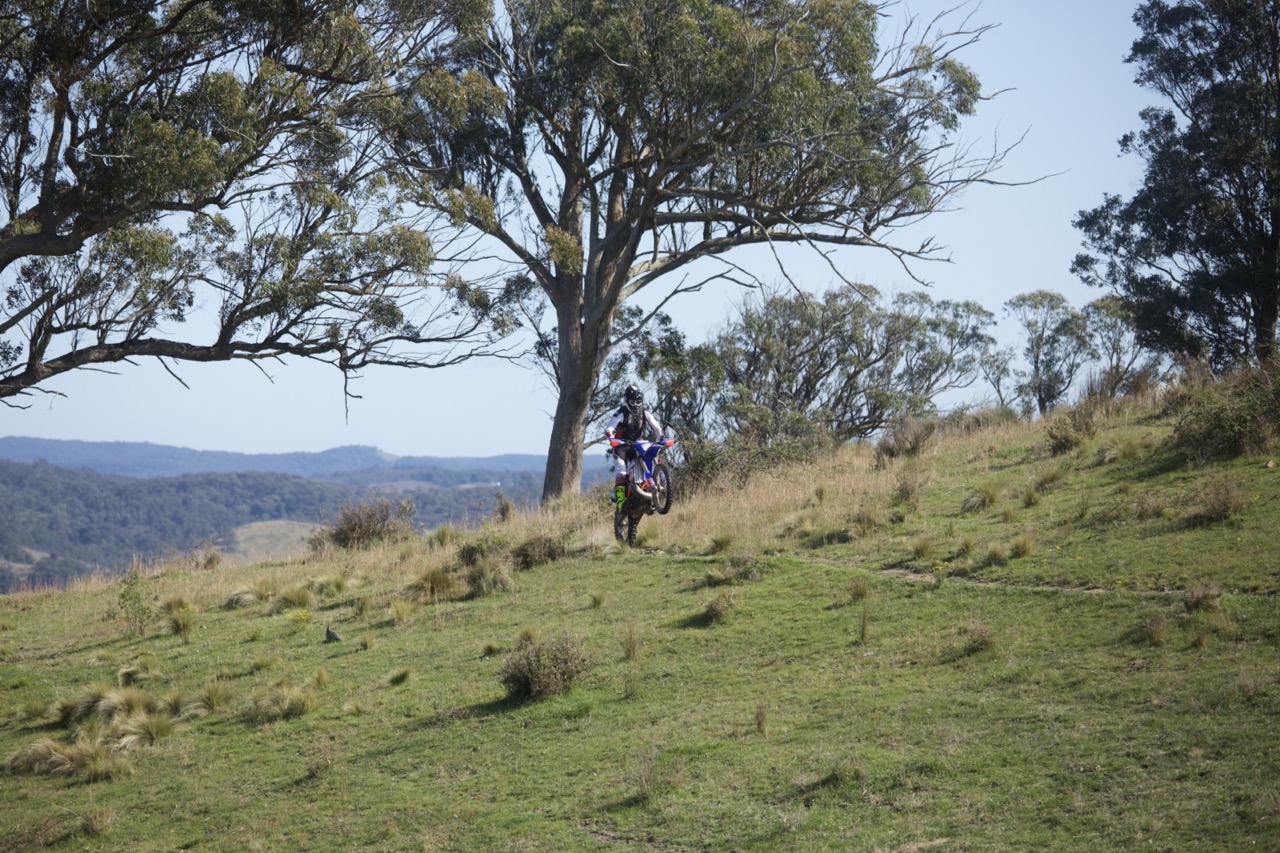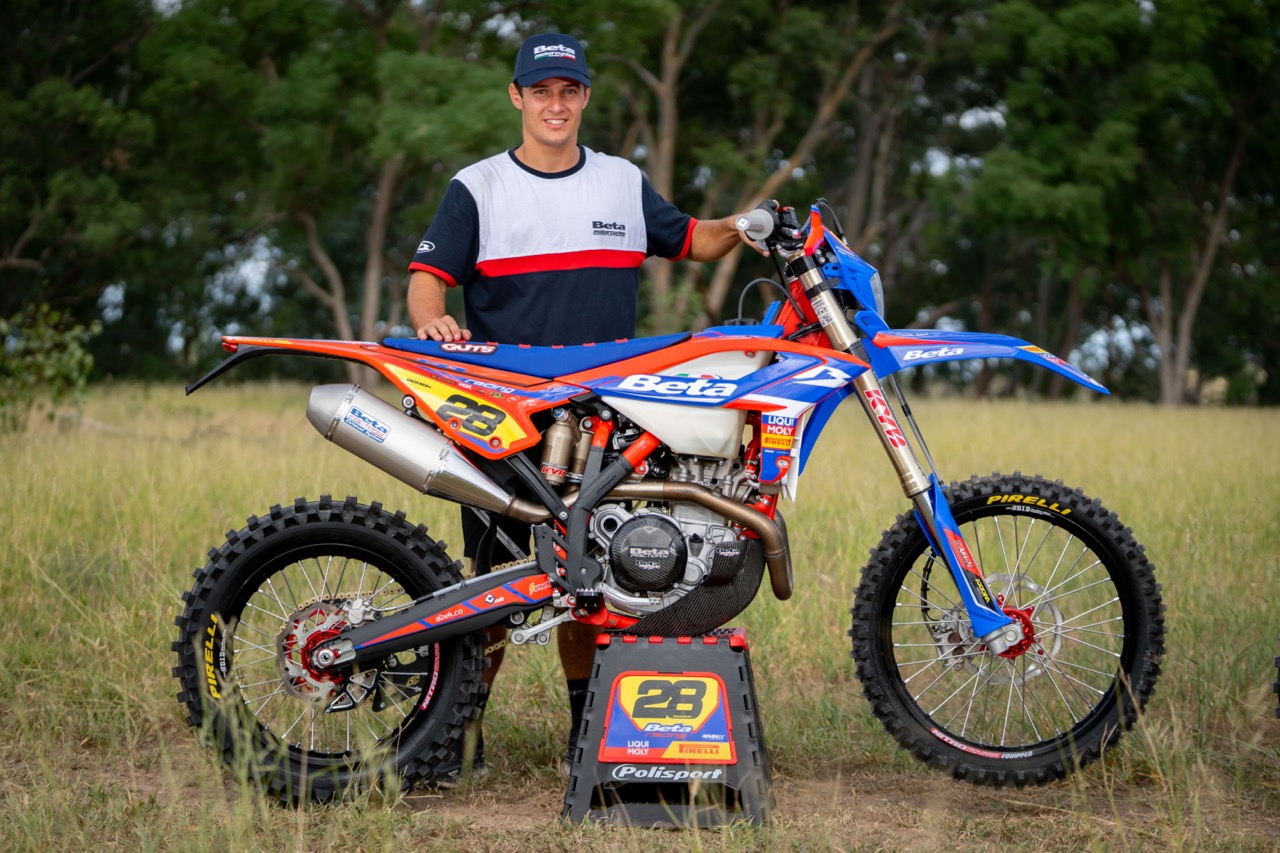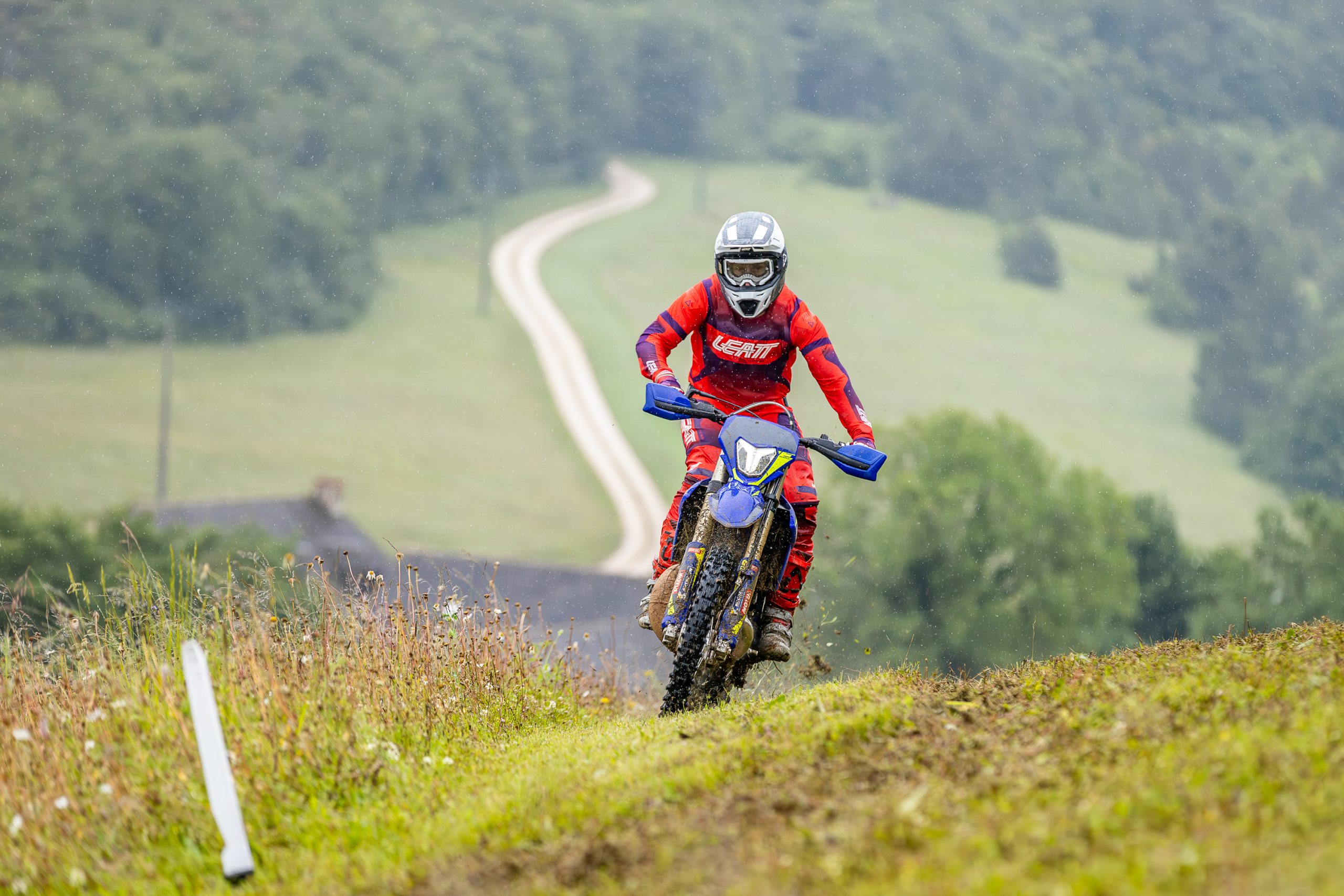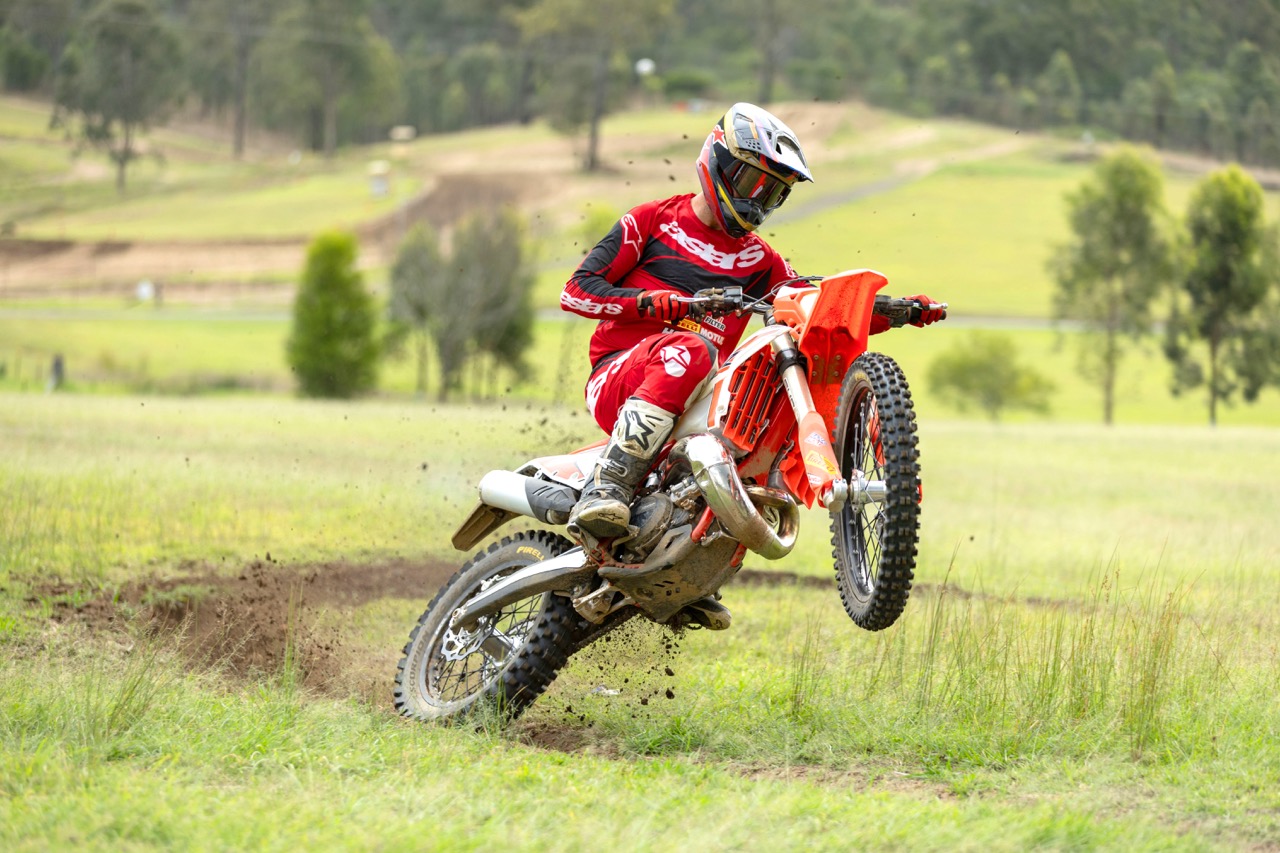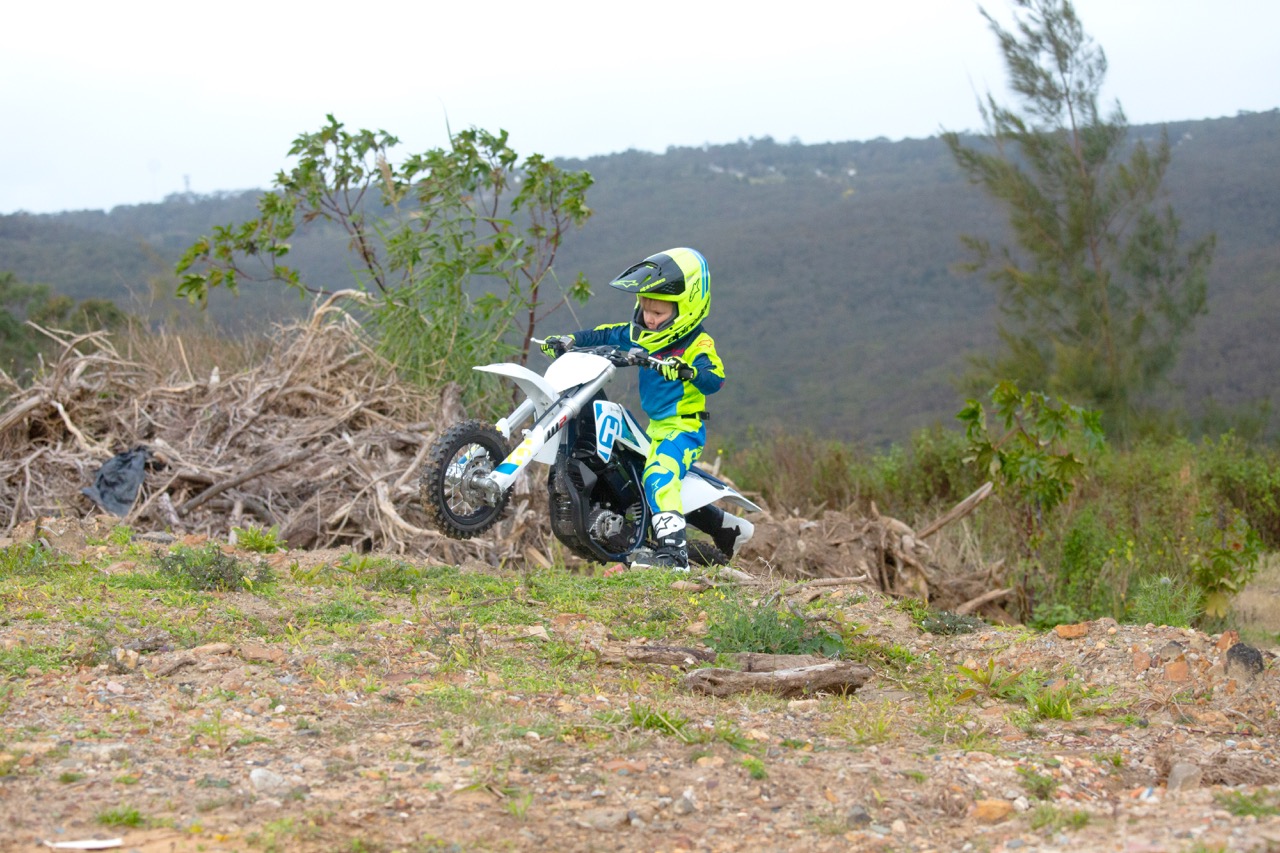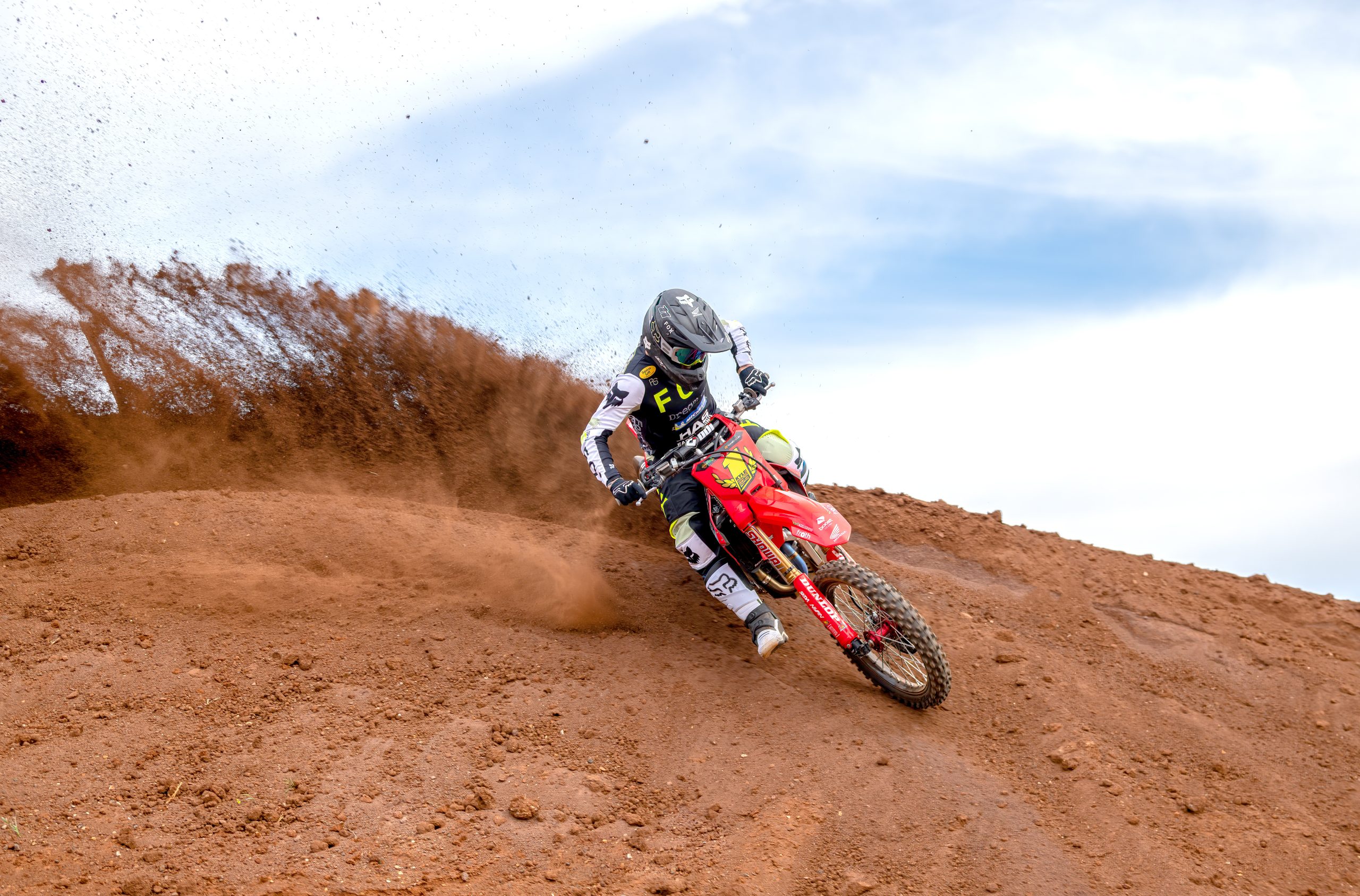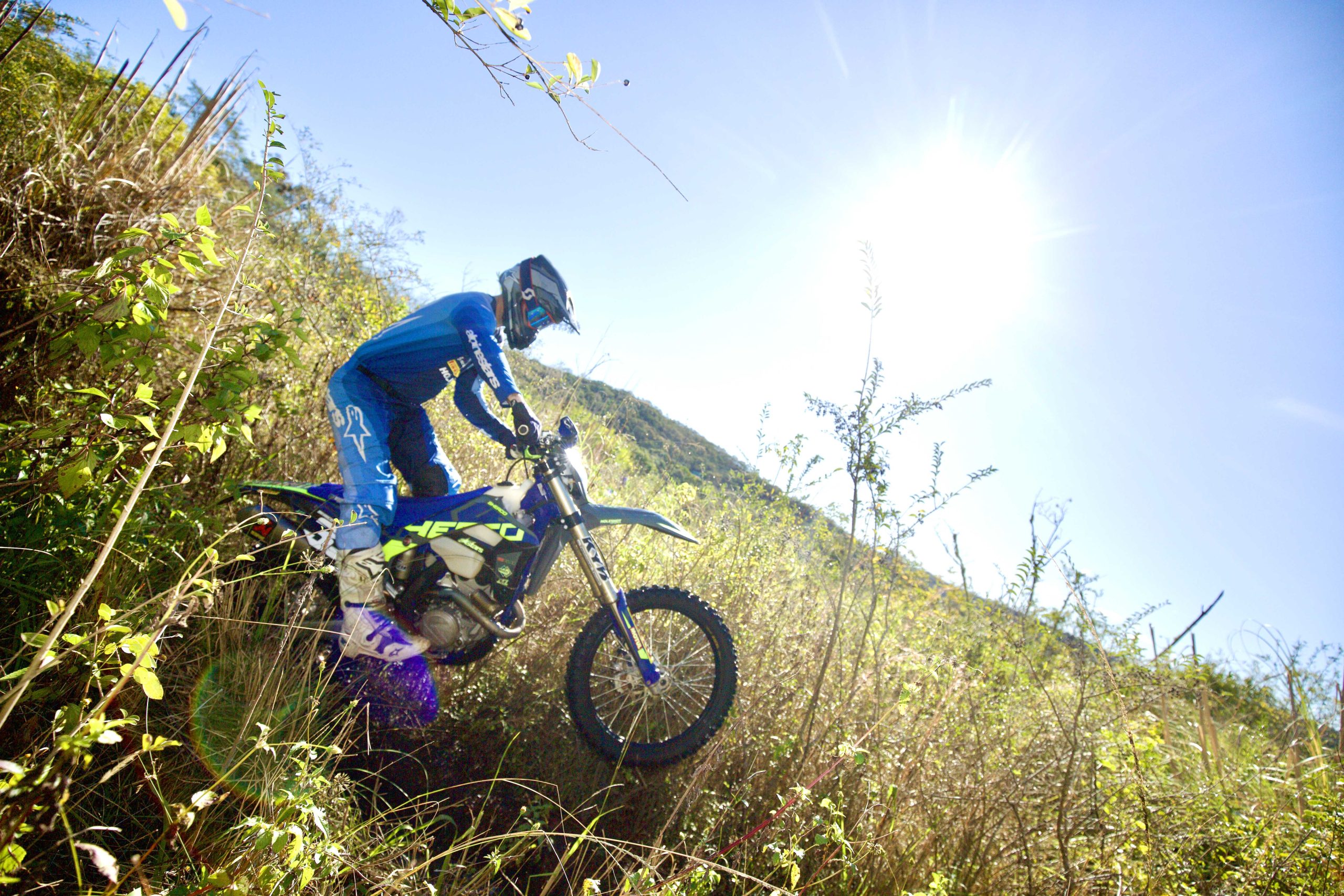In 1996 the Yamaha WR250Z went through ADR compliance and, in an effort to make it more accessible, the two-stroke engine was tamed and the suspension tuned for the average competitor.
Long considered one of the head kickers in its class, the WR250Z now had smoother power but the suspension was way off. It had gone from rock hard but good through the entire range to confused, with a soft and spikey front-end and a rear that kicked like a mule with colic.
The changes made for 1998 were all in the right direction. They began with the ’97 model being upgraded to match the specs of the YZ but with an 18” rear wheel instead of the motocrosser’s 19-incher, a wide-ratio ’box, sidestand and lighting coil along with enduro spec suspension. These upgrades carried through to the WR250Z you are looking at here, along with some others.
For 1998 the combustion chamber volume was decreased from 23.3cc to 22.9cc with a drop in compression ratio from 9.2:1 to 8.7:1 and port timing had been delayed by .5mm. The exhaust power valve was reshaped and the governor got a new spring rate, resin parts in the water pump were changed to aluminium with an improved water/oil seal and ballbearing for increased durability. CDI timing was revised, and caster and trail went from 27.7 degrees and 122mm to 26.9 degrees and 115mm. Definitely a lot of major changes.
Previous WRs delivered the power “like a knockout punch from Mike Tyson” but this engine was described as a real sweetheart. The new WR250Z was willing to trials ride through sharp loose rocks, but would hurl its strong mid-range behind too tall a gear on a hill or out of a corner.
The jetting was a little rich down low, loading up a little out of corners, but improved with the needle clip set on the highest position. Stock was second highest so it was thought a little fine tuning with the pilot jet was required to get the needle in the middle. This test bike had had the restrictors in the header pipe and the throttle limiter removed.
The suspension was firm but progressive, with the shock a little softer than the fork, which was “beautifully forgiving on hard-edged steps and rocks”. All the clickers were set at the 12 out position and that suited all the test riders, from clubmen to experts, with nobody doing the normal fiddling. It was found to be equally good in the bush and on the MX tracks at the test venue, Louee Enduro and MX Park.
Everyone was happy with the brakes, with the new larger-diameter rear disc receiving praise. Both brakes offered good feel on loose, snotty downhills. The only negative mentioned in the test was the early failure of some of the ADR gear, which most owners would remove anyway. The rear guard extender hit the tyre at full compression, the speedo only lasted 23.9km before failing and the rear blinkers shook the lenses loose in the first half hour, with the right one beating itself to death against the muffler.
In Yamaha’s defence, this was a “pre-production” ADR effort and the company assured ADB that full-production models would have those issues addressed. The WR250Z sported a five-speed gearbox with USD fork up front and a single shock out the back.
Heritage Editor Warren Jack
